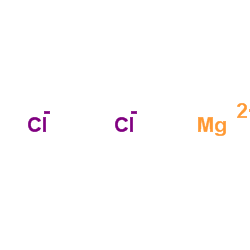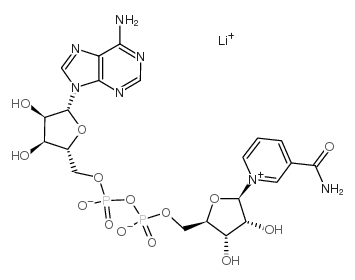| Structure | Name/CAS No. | Articles |
|---|---|---|
 |
Glycerol
CAS:56-81-5 |
|
 |
sodium chloride
CAS:7647-14-5 |
|
 |
Ethanol
CAS:64-17-5 |
|
 |
Magnesium choride
CAS:7786-30-3 |
|
 |
Fructose
CAS:57-48-7 |
|
 |
Ammonium citrate tribasic
CAS:3458-72-8 |
|
 |
NAD+
CAS:53-84-9 |
|
 |
SODIUM CHLORIDE-35 CL
CAS:20510-55-8 |
|
 |
NAD+ lithium
CAS:64417-72-7 |